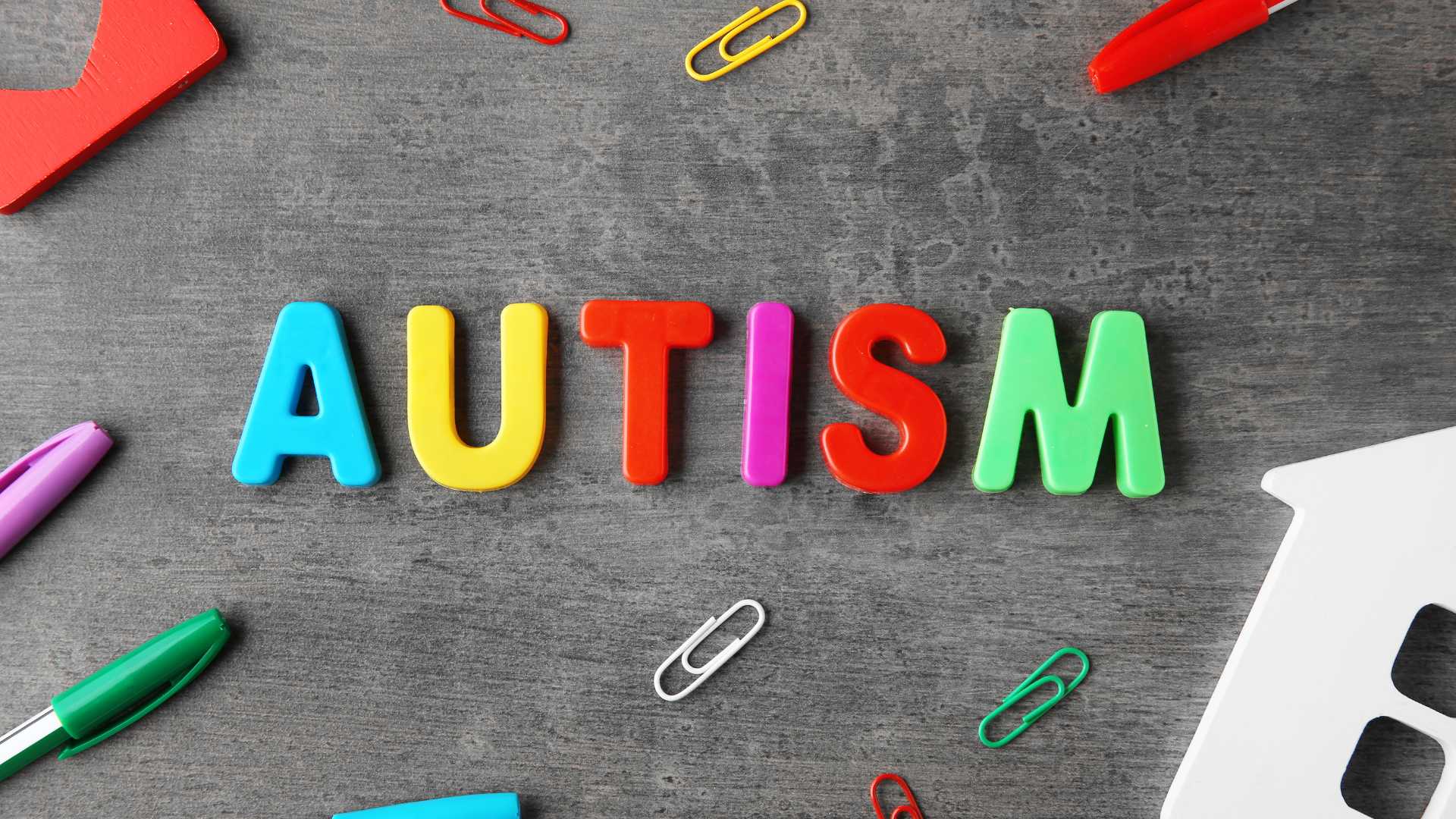What is the latest autism research?
Autism, a neurodevelopmental disorder characterized by problems with social interaction, communication, and repetitive behaviors, has been the subject of increasing attention over the past decade. The focus on autism research has arguably put on the map the need to understand better this condition, the impact on individuals and families, the role of educators and providers, and the call to improve existing resources and information on the spectrum.
Many things have changed in the past years; for instance, there’s been an update in the diagnostic criteria, which has streamlined the process of identifying individuals with autism spectrum disorder (ASD). These standardized criteria have been a significant stride in ensuring early detection and intervention.
So, what is the latest autism research? Let’s see the evolution of this condition in this blog by Texas ABA Centers, and the support that Applied behavior analysis (ABA) therapy can bring to neurodivergent individuals.
Milestones in Autism Research
Recent scientific research on autism strives to deepen our understanding of the origins of the disorder, associated risk factors, and its place in the broader picture of neurodevelopmental conditions. These studies are not only focused on improving diagnostic accuracy but also on uncovering crucial insights into the role of genetics, brain development, and functionality, such as:
1). Research by Nature analyzed both new (novo) and inherited genetic variations in a large group of over 42,000 individuals with autism. They identified five new risk genes (NAV3, ITSN1, MARK2, SCAF1, and HNRNPUL2) that were previously not associated with autism. The NAV3 gene, in particular, was primarily associated with autism risk due to rare inherited loss-of-function variants. A loss-of-function variant is a type of genetic change that disrupts the normal function of a gene.
2). In the study “Assembloid CRISPR Screens Reveal Impact of Disease Genes in Human Neurodevelopment,” scientists used a genetic tool called CRISPR to investigate how specific genes affect the development of vital brain cells. They used unique lab-grown models called assembloids, which are simplified versions of human brain tissue. These assembloids mimic how specific brain cells, called cortical interneurons, develop and move in the brain.
Using CRISPR, the researchers made changes to the genes of these assembloids. This study allowed them to see which altered genes caused problems in the development and movement of these crucial brain cells. By pinpointing these problematic genes, the researchers gained a better understanding of how neurodevelopmental disorders could disrupt normal brain development.
3). The Journal of Clinical Investigation examines how certain malfunctions of a cellular machine, called the spliceosome, can lead to neurodevelopmental disorders. The study found that specific mutations or changes in two genes, U2AF2 and PRPF19, which provide instructions for creating parts of the spliceosome, can cause them to malfunction and lead to disorders that affect brain development.
Is Autism Inherited?
The exact causes of autism are not yet fully understood, but researchers believe that a combination of genetic and environmental factors plays an essential role in its development.
Autism has a complex genetic basis, influenced by both de novo genetic variations (new variations not found in parents) and inherited variations. However, few studies have explored the role of these rare inherited variations or their interaction with common polygenic risks (risks originating from multiple genes) in autism.
In a study conducted by the National Academy of Sciences, researchers analyzed the complete genomes of the most extensive collection of multiplex families – those with two or more children diagnosed with autism. This group comprised 4,551 individuals from 1,004 such families. Their analysis led to the discovery of seven new genes. When altered, these genes can elevate the risk of developing autism and be passed from parents to their children.
ABA Therapy for Autism Treatment
In the past, professionals treated autism differently. They used medications to control associated symptoms without addressing the underlying cause of the behavior. The main focus of autism treatment back then was on managing symptoms and helping individuals adapt to prevailing social norms rather than supporting them and addressing their individual needs.
Fortunately, in recent years, there has been a significant shift towards more inclusive, person-centered, evidence-based approaches that recognize the diversity and strengths of individuals with autism. This change includes the integration of therapies such as applied behavior analysis, which takes a more behavioral and comprehensive approach.
ABA therapy is based on theories of learning and behavior to help change unwanted behaviors and promote valuable skills. This therapy uses techniques and principles to produce positive and meaningful changes in behavior. ABA therapists can work with individuals to help them learn skills such as language, social skills, self-help, and academics. They can also work on reducing problematic behaviors such as aggression, self-injury, or classroom disruption.
The goal of ABA therapy is to increase behaviors that are helpful and decrease behaviors that are harmful or affect learning without changing the essence of the person or mistakenly trying to “eliminate autism.”
What’s Next?
In the past decade, research on autism has progressed significantly, shedding light on its origins and potential treatments. It is now widely recognized that both genetic factors and environmental influences contribute to the development of autism, fundamentally altering our understanding of the condition.
This increased understanding has led to the development of improved support systems and effective treatments, such as ABA therapy and early intervention programs. These interventions aim to address the challenges associated with autism and intervene early in the developmental process of affected individuals.
Looking forward to the next decade of autism research, we anticipate further significant discoveries that could shape the future of individuals with autism and their families. The ongoing commitment and collaborative efforts of researchers, practitioners, and advocates will play a crucial role in deepening our understanding of this complex condition and improving outcomes for those affected.
Texas ABA Centers and Autism Care Services
Autism research highlights the importance of consistently studying this disorder. Such studies can improve our understanding of the spectrum and, with the assistance of healthcare providers, educators, and government agencies, can speed up the process of finding appropriate treatments and support for individuals and families. This collective effort ultimately enables individuals on the autism spectrum to lead a better quality of life.
By embracing a personalized approach and utilizing the latest autism research, Texas ABA Centers offers comprehensive services that cater to the unique needs of our clients. From autism diagnosis and early intervention programs to in-home ABA therapy, we remain committed to providing top-notch care for families in Austin, Dallas, Houston, and more cities in Texas.
Call us at (877) 771-5725 or schedule a free consultation with our autism care specialists, and remember that every step we take to improve the lives of our loved ones with autism will ensure a better tomorrow.








